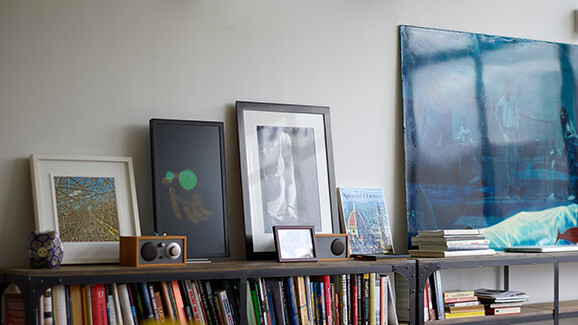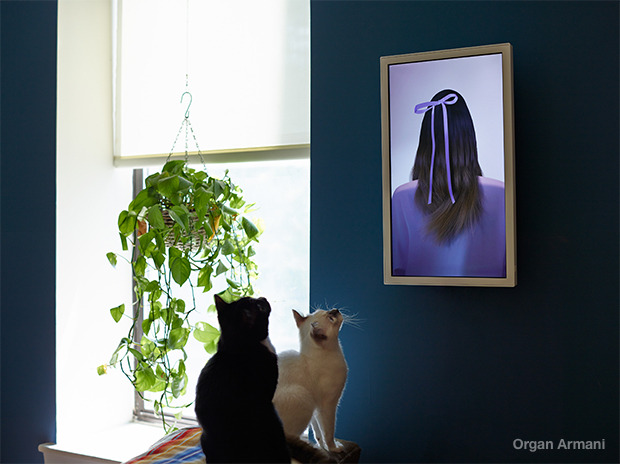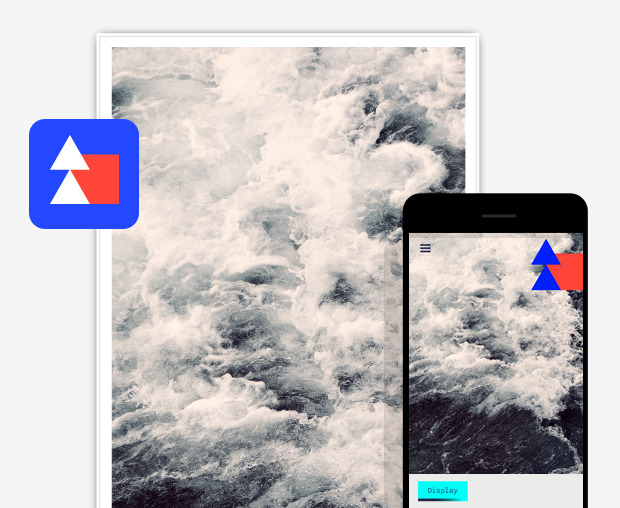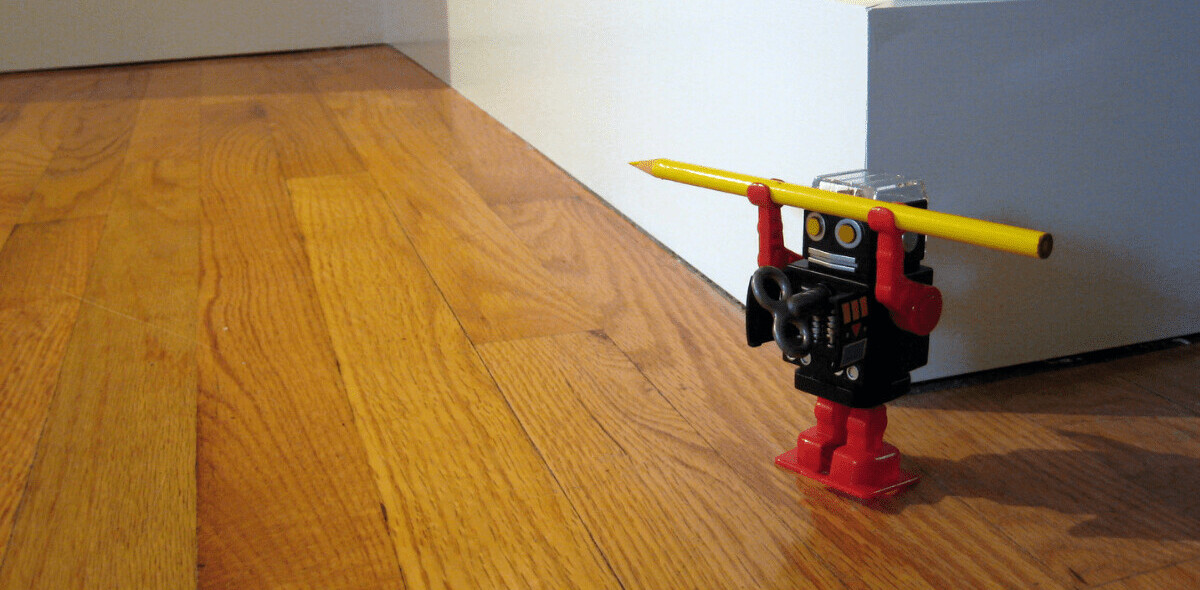
You’ve heard of electronic picture frames. Here’s something that looks somewhat similar in concept, but diverges wildly in execution. It’s Electric Objects’ EO1, a self-contained computer that mounts on your wall or tabletop to display your choice of framed art.
Launched today as a Kickstarter campaign, Electric Objects seeks to use the Internet as a source for visual art that’s designed to be integrated into your home or office and enjoyed in the same way as any other painting, sculpture or art object.
“I think people are generally unhappy with a digital experience characterized by distraction, demands on our attention and anxiety,” Electric Objects founder and CEO Jake Levine told TNW. “They’re looking for a kind of computer that doesn’t demand their attention, that lets them enjoy beautiful objects from the Internet without the pressure to interact, retweet, like, or favorite.”
The EO1 product envisions hardware used in a different way: It’s not simply a utilitarian commodity — something we use and then turn off when we’re finished — but rather becomes a part of our lives fitting seamlessly into our familiar home and work environments.
“There’s an entire generation of people who want to experience art in their homes, and feel a generational connection to work created for and by screens. This is a product for those people,” Levine said.
The EO1 has four basic characteristics: an Internet-connected screen with integrated sensors and graphics processing; Web and mobile applications to collect and display images, animations, visualizations, and software; partnerships with content creators; and an open API. The anti-glare screen measures 23 inches with full HD resolution and is powered by a dual core processor running a custom browser.
There’s no keyboard, mouse or alerts, avatars, slideshows, feeds or docks. The frame has a matte finish with minimal brightness and there’s a single cord. Consuming about as much energy as a lightbulb, the frame is instantly connected to your WiFi account. It supports WebGL, animated GIFs and most major Javascript drawing libraries. You swap out artwork at will directly from your smartphone.
Art is obtained from various sources. The company is working with artists and developers to create original works for the frame. Participating artists receive a stipend and an early prototype and work in collaboration with developers. In addition, the startup is working with museums, libraries and other organizations to share their collections.
Says Levine, “We want to be as respectful as possible of artist intent and ownership, but we also want to create an open platform where users bring artwork from the Internet into their homes.
“Part of the answer is building a storefront where artists can sell their work, part of it is working with artists to help them see this as an opportunity for reaching a new audience, and part of it is removing content when asked. This product only works if artists are happy, so we’re working closely with them to make sure we navigate this territory carefully.”
This Kickstarter project opens to a high level of initial interest and enthusiasm. Levine — famous in his previous incarnation as the general manager of Digg (via Betaworks) — already raised $1.7 million for the EO1.
The Kickstarter campaign, on day one, gained more than 500 backers pledging over $160,000 with 29 more days to go. But the Kickstarter campaign is as much about creating community as it is about raising money.
Says Levine, “We raised venture capital to build a team and get off the ground, but manufacturing is costly. That said, Kickstarter offers something else, which is an incredible community of people who occupy the space between art and technology, exactly the group of users who will help define this product for years to come.”
The EO1, available for preorder, will retail for $499, but is available on Kickstarter for $299. The company plans to ship the product first to beta testers in January 2015, and then to the general public next May.
Get the TNW newsletter
Get the most important tech news in your inbox each week.









